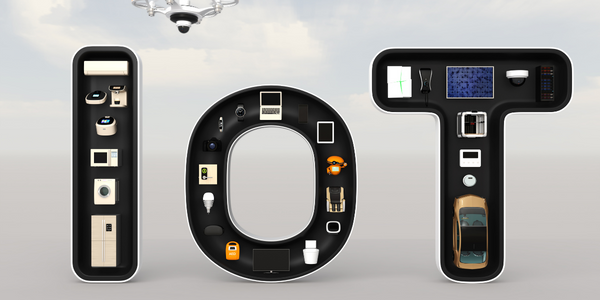Technology Category
- Analytics & Modeling - Machine Learning
- Infrastructure as a Service (IaaS) - Cloud Computing
Applicable Industries
- Education
- Equipment & Machinery
Applicable Functions
- Sales & Marketing
Use Cases
- Mass Customization
- Time Sensitive Networking
Services
- Cloud Planning, Design & Implementation Services
- System Integration
About The Customer
Matillion is a leading enterprise data integration company that aims to make the world’s data useful with an easy-to-use, cloud-native data integration and transformation platform. Optimized for modern enterprise data teams, Matillion is built on native integrations to cloud data platforms such as Snowflake, Delta Lake on Databricks, Amazon Redshift, Google BigQuery, and Microsoft Azure Synapse. This enables new levels of efficiency and productivity across any organization. The company has 580 employees and is located in Manchester, England, and Denver, Colorado.
The Challenge
Matillion, a leading enterprise data integration company, was seeking to scale their go-to-market efforts to meet their growth objectives. They realized that the solution was not merely to increase lead volume but to focus on the right kind of accounts and deepen their engagement. They needed to implement an account-based approach. However, the sales and marketing teams were using different systems with different data sets that didn’t communicate with each other. This led to a manual and time-consuming process of merging and analyzing data to find insights about which accounts to prioritize and how and when to engage with them. The process was slow and cumbersome for sales, and while the insights were valuable, there was a need to automate the process and deliver real-time insights directly into the tools used by the sales team.
The Solution
Matillion chose Demandbase, a solution that would bring value to both marketing and sales and grow with them. With Demandbase, Matillion was able to analyze their account data in any way they wanted, which proved to be incredibly powerful. They used firmographic, technographic, and intent data to identify and prioritize the accounts they should be targeting, and tapped into the contact data to find and engage all decision-makers on the buying committees. They also implemented programmatic campaigns that pushed accounts through the funnel by personalizing the approach and messaging based on where they were in the buyer journey. Demandbase was chosen for its flexibility, overall support, and add-on packages. The solution allowed Matillion to give tangible, actionable insights to their sales team wherever they preferred to work, whether it was in the Demandbase platform, CRM, or email.
Operational Impact
Quantitative Benefit

Case Study missing?
Start adding your own!
Register with your work email and create a new case study profile for your business.
Related Case Studies.

Case Study
Smart Water Filtration Systems
Before working with Ayla Networks, Ozner was already using cloud connectivity to identify and solve water-filtration system malfunctions as well as to monitor filter cartridges for replacements.But, in June 2015, Ozner executives talked with Ayla about how the company might further improve its water systems with IoT technology. They liked what they heard from Ayla, but the executives needed to be sure that Ayla’s Agile IoT Platform provided the security and reliability Ozner required.

Case Study
IoT enabled Fleet Management with MindSphere
In view of growing competition, Gämmerler had a strong need to remain competitive via process optimization, reliability and gentle handling of printed products, even at highest press speeds. In addition, a digitalization initiative also included developing a key differentiation via data-driven services offers.

Case Study
Predictive Maintenance for Industrial Chillers
For global leaders in the industrial chiller manufacturing, reliability of the entire production process is of the utmost importance. Chillers are refrigeration systems that produce ice water to provide cooling for a process or industrial application. One of those leaders sought a way to respond to asset performance issues, even before they occur. The intelligence to guarantee maximum reliability of cooling devices is embedded (pre-alarming). A pre-alarming phase means that the cooling device still works, but symptoms may appear, telling manufacturers that a failure is likely to occur in the near future. Chillers who are not internet connected at that moment, provide little insight in this pre-alarming phase.

Case Study
Premium Appliance Producer Innovates with Internet of Everything
Sub-Zero faced the largest product launch in the company’s history:It wanted to launch 60 new products as scheduled while simultaneously opening a new “greenfield” production facility, yet still adhering to stringent quality requirements and manage issues from new supply-chain partners. A the same time, it wanted to increase staff productivity time and collaboration while reducing travel and costs.

Case Study
Integration of PLC with IoT for Bosch Rexroth
The application arises from the need to monitor and anticipate the problems of one or more machines managed by a PLC. These problems, often resulting from the accumulation over time of small discrepancies, require, when they occur, ex post technical operations maintenance.

Case Study
Data Gathering Solution for Joy Global
Joy Global's existing business processes required customers to work through an unstable legacy system to collect mass volumes of data. With inadequate processes and tools, field level analytics were not sufficient to properly inform business decisions.







